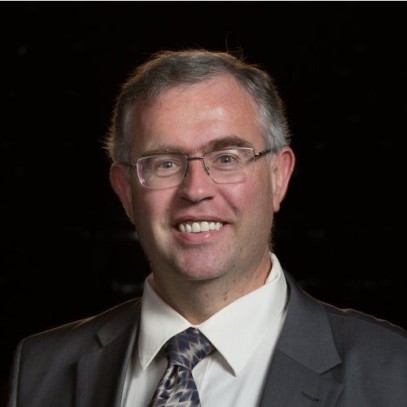The LHC: From dark matter particles to extra dimensions
Researchers around the world hope to discover new particles that can explain the nature of dark matter, prove the existence of extra dimensions, and perhaps even create mini black holes….
The LHC, the world’s largest particle accelerator located on the French-Swiss border, recreates the conditions that prevailed a few seconds after the Big Bang. This equipment makes it possible to collide protons at a speed close to the speed of light, in order to create new particles.
We will discuss very strange events in which protons remain intact after interaction that allow to probe the existence of extra-dimensions in the universe and dark matter particles
Christophe Royon
University of Kansas Foundation Distinguished Professor Christophe Royon won the Humboldt Research Award, the highest scientific award given by the German government in 2018. Royon joined KU as a Foundation Distinguished Professor in the Department of Physics and Astronomy in January 2016. At the time KU reported Royon had an international reputation, with an expertise in particle and nuclear physics. Royon’s research helps advance many disciplines by providing a better understanding of subatomic particles and their role in matter throughout the universe.

